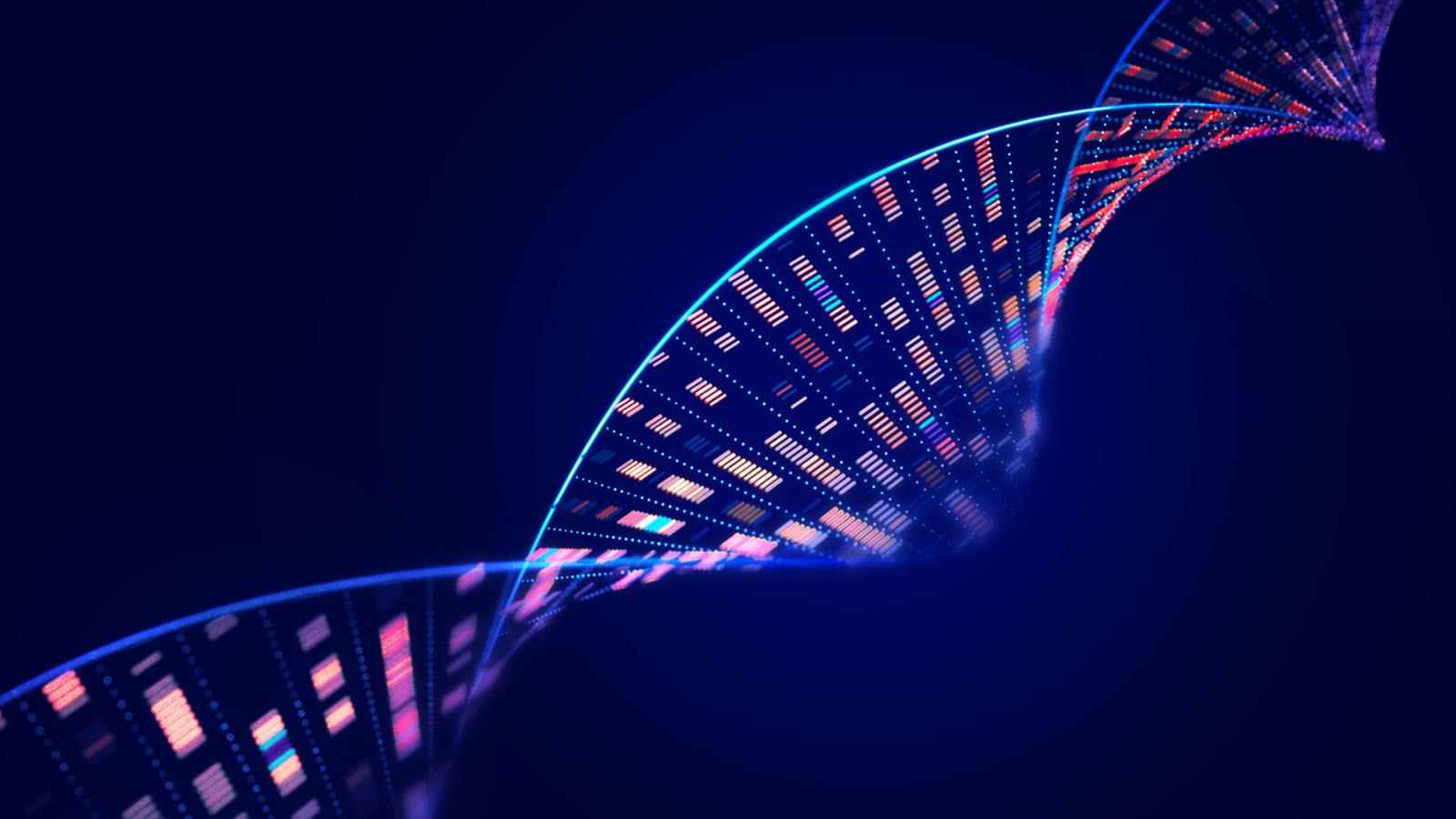Deoxyribonucleic acid, or DNA, carries the genetic information that determines how a person’s body develops and functions. Changes or variants in genes can cause diseases. That’s why genetic testing can be a rich source of information for someone with an undiagnosed illness.
The testing can provide long-awaited answers that lead to diagnosis and treatment, according to the National Organization for Rare Disorders (NORD). NORD recently created new resources for patients that give user-friendly explanations about the process. The organization recommends talking with your doctor and a genetic counselor if you are interested in getting genetic testing.
See the guide in English and Spanish.
Here are three things to know, according to NORD.
- Genetic testing requires a sample of blood or saliva for analysis in a laboratory. Clinical genetic tests ordered by a doctor differ from tests anyone can buy to learn about their ancestry or risk of certain diseases.
- Genetic tests vary in scope. Single gene testing looks for changes in one gene. Gene panel testing looks for changes in many of a person’s genes. Exome testing looks at all of a person’s genes and genomic testing looks at all of a person’s DNA.
- In the United States, people who undergo genetic testing are protected from discrimination, including higher health insurance premiums, based on their results due to the Genetic Information Nondiscrimination Act (GINA).
In addition to individual testing ordered by a physician, large-scale, voluntary genome sequencing programs are underway in the United States and the United Kingdom. Learn more about https://allofus.nih.gov/ and The Newborn Genomes Programme.



